As a birth photographer I have seen lots of different placentas. This amazing organ always fascinates me, and I try and photograph it in away that highlights how beautiful it can be. Not only do placentas look like a tree of life, they have some amazing traits you may not know about. Don’t forget to have your birth photographer document your amazing placenta!
Here are 9 amazing facts about placentas.
You may not have taken a lot of time to think about placentas, let alone know what they look like. Not only are they fascinating organs, they can actually be beautiful.
In 1559, a man named Realdus Columbus called it placenta after the Latin word for “circular cake.”
The combined length of all the capillaries in your placenta is 32 miles.
The placenta’s attachment to the uterus is where the maternal blood and baby blood exchange oxygen and nutrients. The mom’s blood and baby’s blood do not mix or touch.
The food you eat does not go directly to the baby. It is broken down into tiny particles of proteins and nutrients that cross the placenta.
The Placenta is made from both the mom and the dad. The egg and sperm become a blastocyst. The blastocyst becomes the placenta and the baby.
The placenta is made up of 50% cells from the mother and 50% of the cells from the baby.
The placenta stays alive when out of the womb. Even after the delivery, out of the womb the placenta stays alive for a couple of minutes, providing nutrients to the baby. Once the umbilical cord is cut, the placenta ceases to function
Placentophagia (eating the placenta) is common among land mammals. Camels and humans are the only land mammals to not engage in the practice.
And maybe my favorite one!
A baby can send stem cells through the placenta to heal its mother’s organs if they are struggling, including the brain, liver, kidney and lung. The placenta also creates cells to protect the mother’s heart and fend of breast cancer.
Don’t shy away from taking a peak at your placenta. Chances are your care provider would be happy to show you where your baby lived for the past 40ish weeks. Your body is amazing!!!
Sarah Boccolucci is a birth photography/videographer and also offers placenta prints, photographs and encapsulation in the Denver, Boulder and Fort Collins, Colorado area.
Sources:
http://www.bellybelly.com.au/pregnancy/what-is-a-placenta
http://www.thehealthsite.com/pregnancy/facts-about-placenta-you-didnt-know/
http://www.babble.com
Ref., Williams Obstetrics, 18th edition.

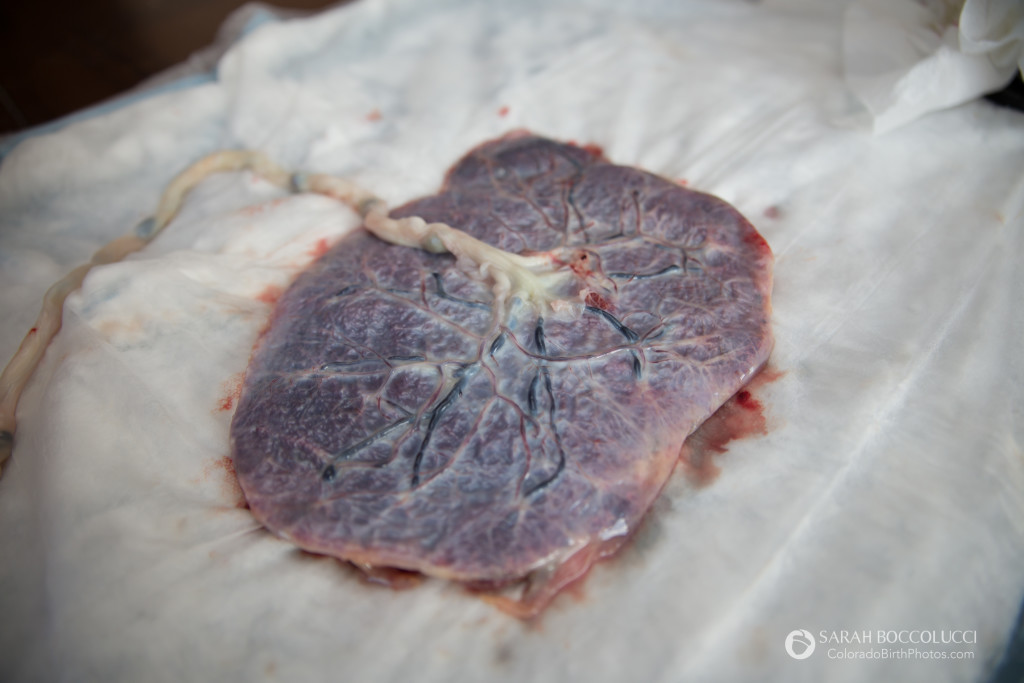
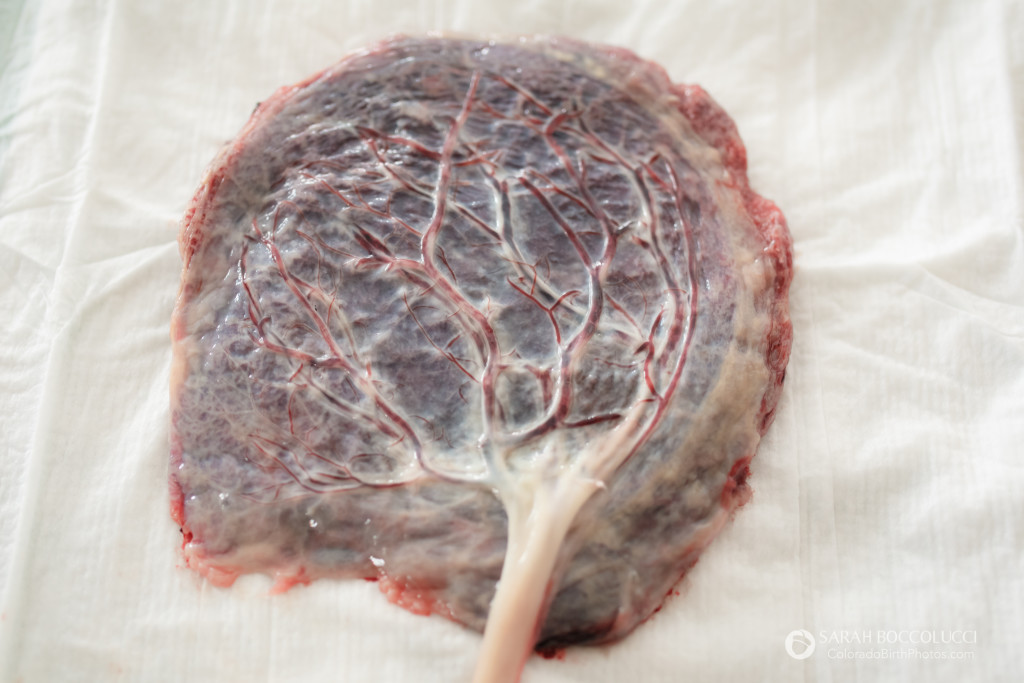
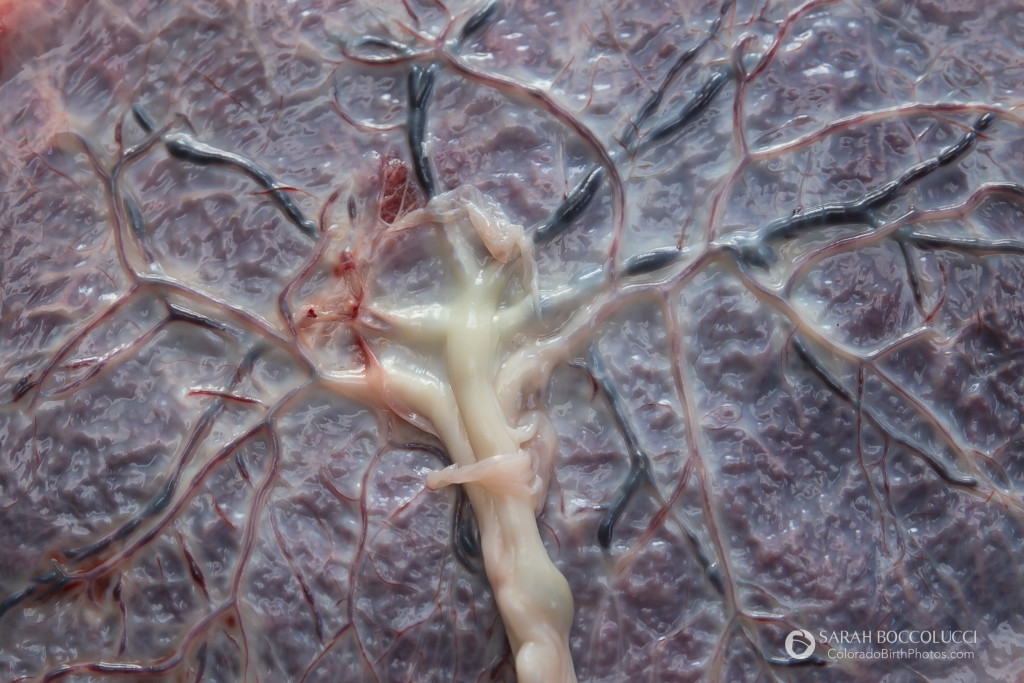
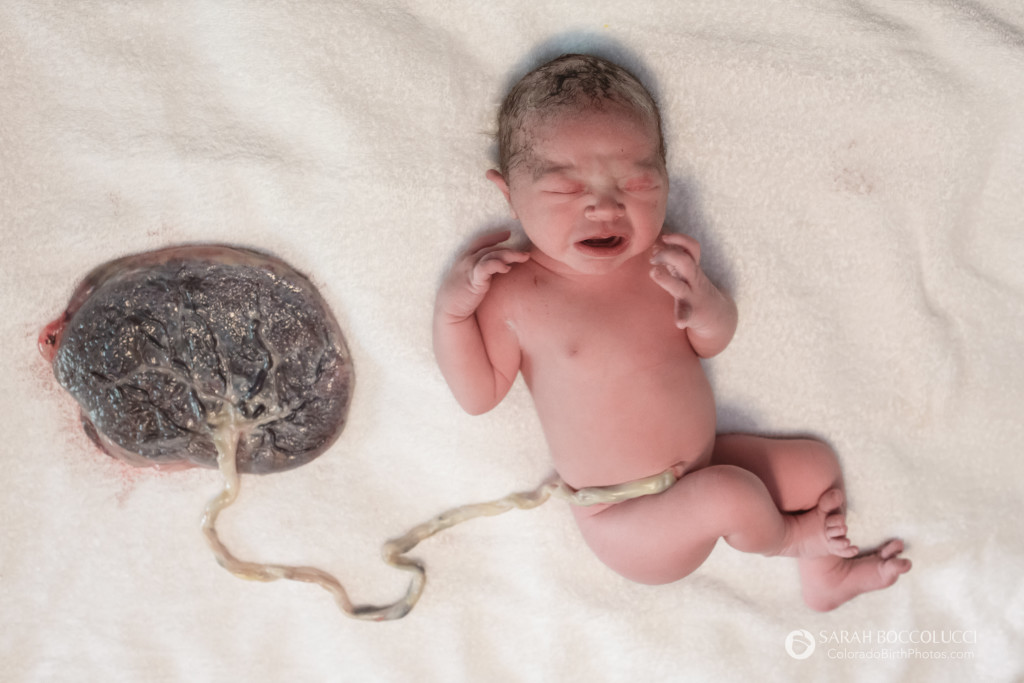
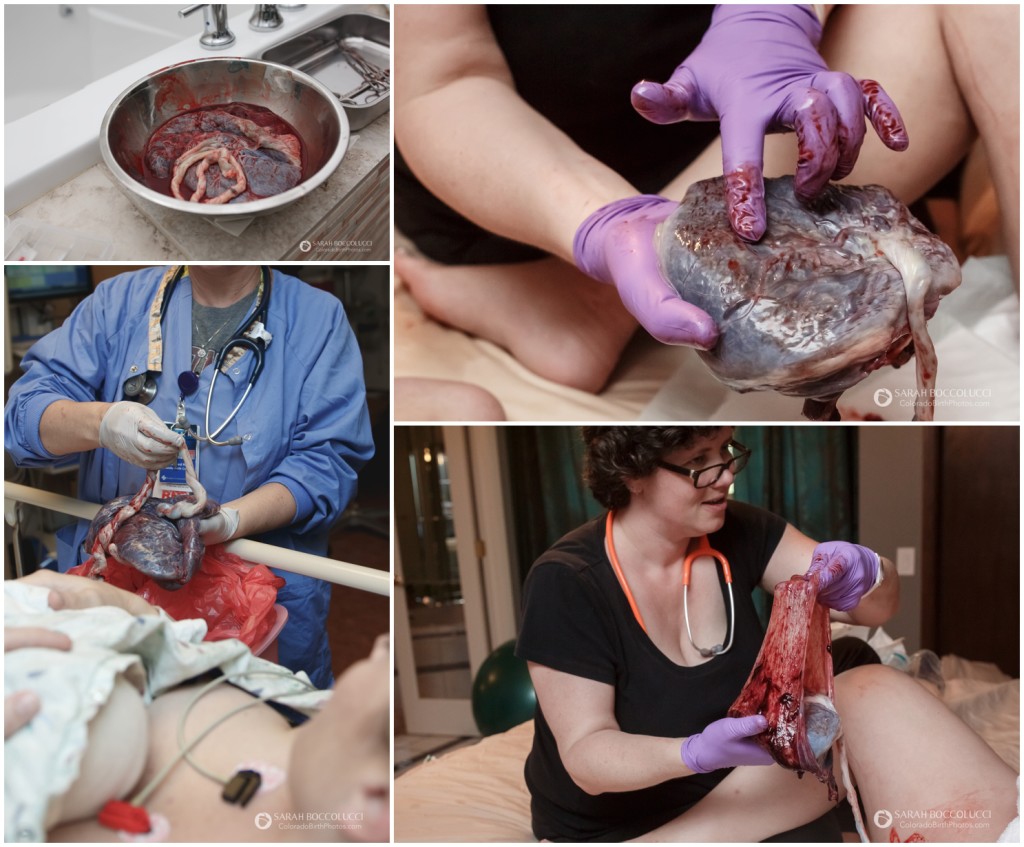

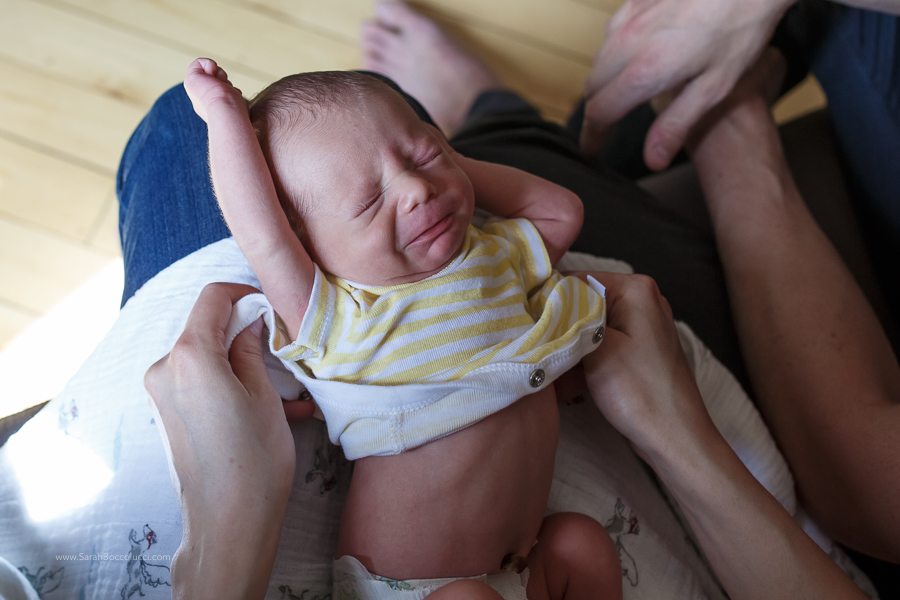

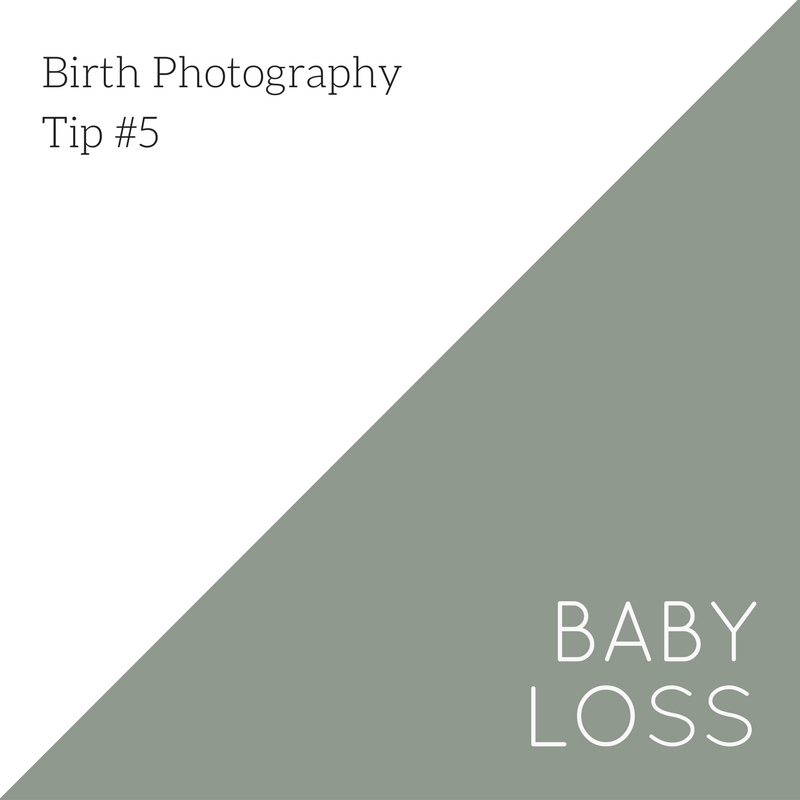
Land animals engage in placentaphagia so predators don’t know of, and don’t take advantage of, their weakened state after birth.
This is a common misperception.
It is shown to be untrue because even top predators in their region, and those that have no risk of predation, still consume their placenta. There are many nutrients and useful hormones present in the placenta, along with invaluable stem cells.
That’s a beautiful picture and it reminds me of the tree of life.